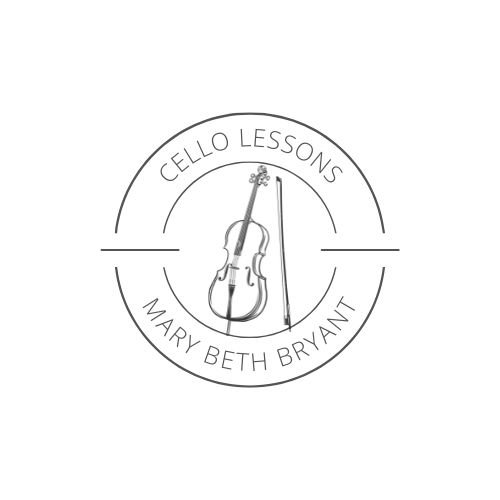I was wrong about the Suzuki method
Years ago I heard about a cello teacher in Chicago, Tanya Carey, training cellists on how to teach Suzuki cello book one. In my typical 20-something cynical self, I groaned and thought, “What could I possibly gain from learning about how to teach in the Suzuki method?” I assumed the method was based on learning music by rote, never teaching students how to read music and playing a bunch of concerts like little robots in unison. But, I just kept hearing it was worth it so I gave it a try. During that week I realized I had made a ridiculous assumption about the method and I was completely wrong. The method is about parent involvement, listening, reading, technique, having a cello support group, progress and a million other things.
I was more nervous to play my Twinkle Test for Tanya than I was in my senior recital when I played Tchaikovsky’s Rococo Variations. She is so precise, calculated and methodical. She is a phenomenal teacher. Her students are accepted into major conservatories, sight-read like champs and have amazing ears.
In my opinion, Suzuki’s main focus is on training the student’s ear because a musician’s concept of sound is the most important aspect of learning how to play an instrument. When people first learn how to speak their native language, they do it via listening to someone else. They pick up accents, phrasing, cadences and how to pronounce words. In the Suzuki method, students are asked to listen to the recordings as often as possible. Progress happens much faster when the teacher does not need to spend time on intonation, phrasing and accents that can all be taught via the recordings. Some rumors insinuate that the Suzuki method does not teach students how to read music. I have seen enough cello students who are sight-reading wizards from Suzuki teachers to know this simply isn’t true. But like any method of teaching, there will always be teachers who veer outside the true Suzuki teaching method and never teach their students how to read music. I don’t know why they do this but, to be frank, it annoys me. I wish I could understand why they do this.
I’ll never forget one lesson when I assigned my student Owen to listen to the piece Rigadoon. He was six-years old and he would play it on his CD player on repeat at home while dancing and singing to it. The next week he sat down in his mini cello chair and played the entire piece by memory. By the end of it, he looked me like “Wait, how did my fingers just do that?” He played the correct notes, rhythm, phrasing, accents, crescendos and I taught him none of it. His ear taught him the entire piece. This is the power of listening and training your ear. If you want to learn a piece faster, listen to it, dance to it and hum to it. Thank you, Suzuki.

